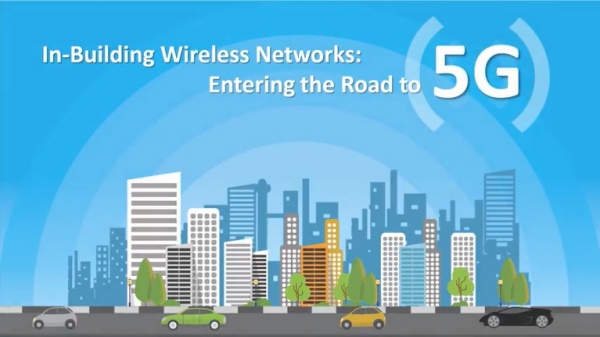Executive Summary Less than 5% of commercial buildings have In-Building Wireless (IBW) solution installation. Without In-Building wireless installation, property managers,…
With a demo of LTE-in-a-box solution, Mobilestack Inc announces the availability of a low cost LTE-in-a-box solution and vEPC Solution. Please…

